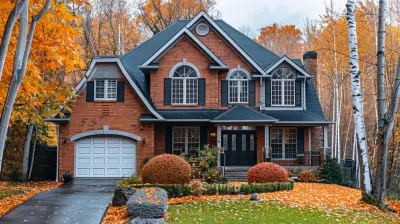Geothermal Heating and Cooling: A Sustainable Climate Solution
8 July 2025
When you think about heating or cooling your home, what comes to mind first? A blast of warm air from a furnace during winter, or maybe your AC unit humming away in the summer heat. But what if I told you there’s a cleaner, quieter, and much greener way to keep your home cozy all year round? Enter geothermal heating and cooling — a method that taps into the Earth’s natural temperature to heat and cool your space in a surprisingly efficient way.
So, grab your favorite drink and get comfortable. We’re about to take a deep dive into this underground superstar of sustainable home comfort.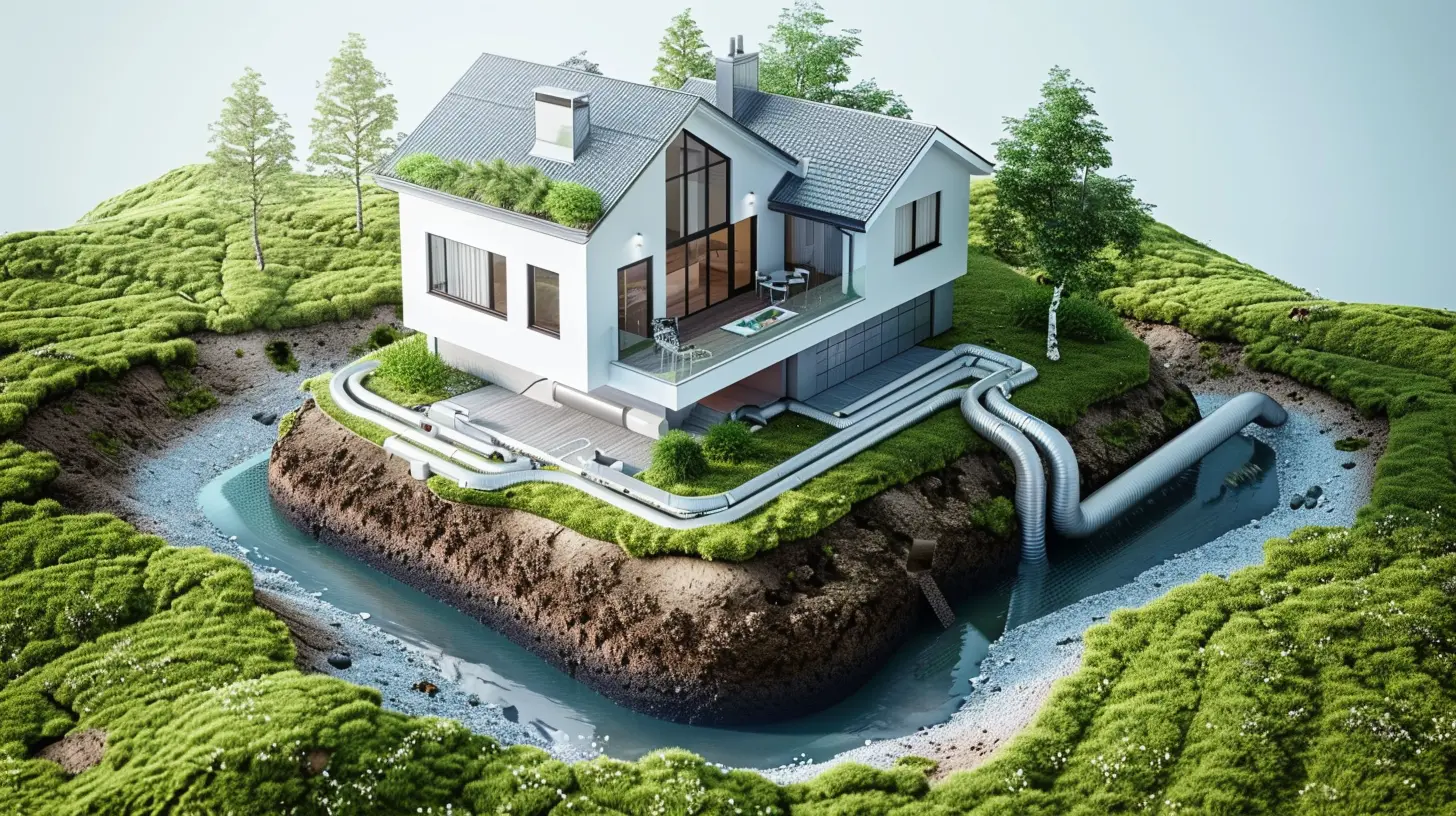
What Is Geothermal Heating and Cooling?
Let’s start with the basics. Geothermal heating and cooling systems use the Earth’s constant underground temperature to regulate your home’s climate. While the surface temperature where we live changes with the seasons, just a few feet underground it stays pretty consistent all year — usually between 45°F and 75°F, depending on your location.That consistent temperature is the magic behind geothermal systems. They use a special system of pipes (called a ground loop), heat pumps, and a bit of electrical energy to move heat in and out of your home, depending on what you need — either heating during winter or cooling in summer.
Think of it like a reverse fridge. Instead of pumping warm air out of a cold box, you’re either pulling heat into your house or pushing it back into the Earth.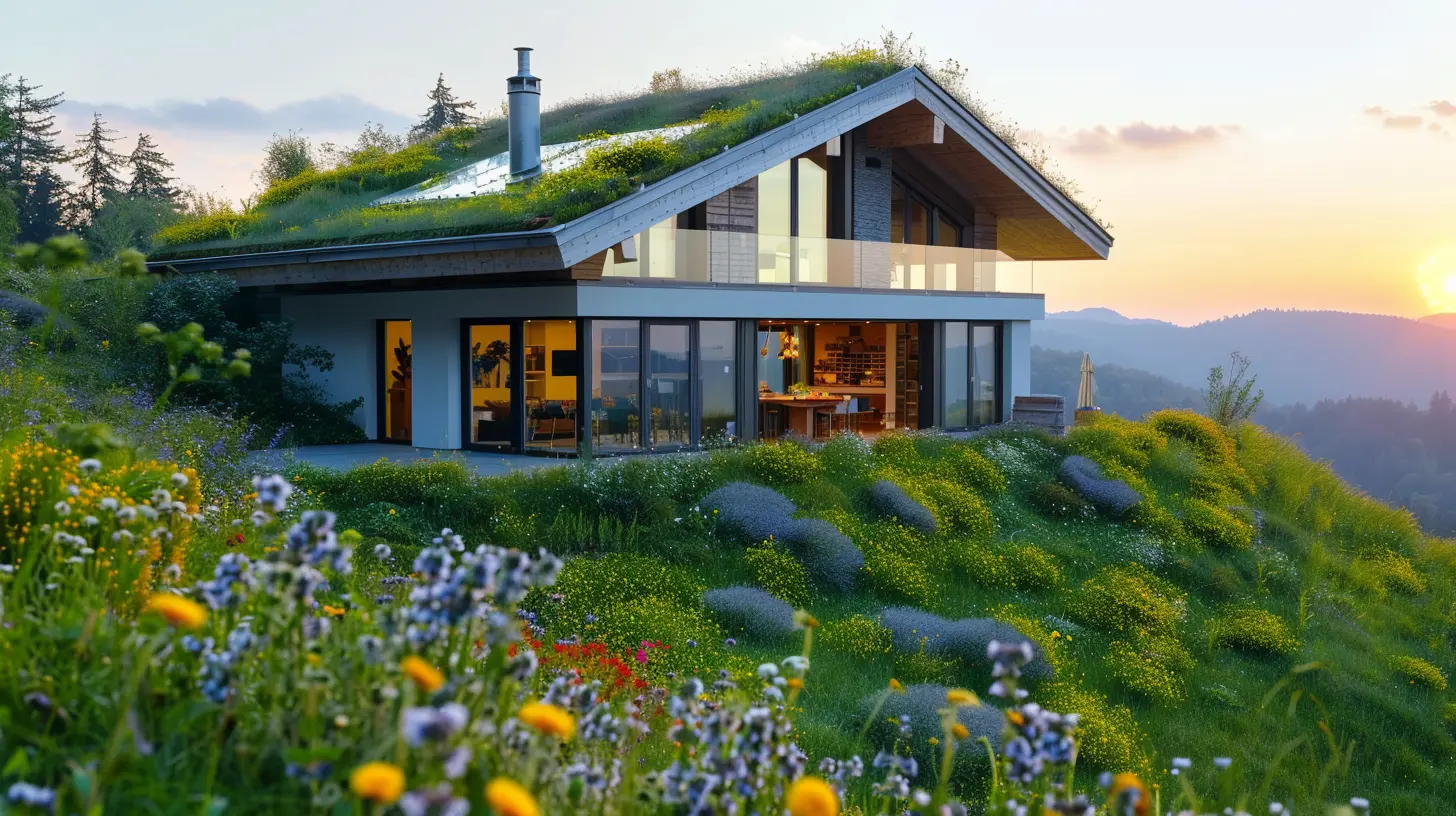
How Does It Really Work?
Picture this: You’re standing in your backyard, and beneath your feet lies a loop of pipes buried horizontally or vertically. These pipes circulate a fluid — usually water or a water-antifreeze mix.Here’s a quick breakdown of what happens:
- In Winter: The system pulls heat from the ground and moves it into your home.
- In Summer: The process reverses. Heat from your house is pushed down into the cooler ground.
This is made possible through a geothermal heat pump, which essentially acts as the brain of the system. It transfers the heat between your home and the ground loop.
No burning fuel. No noisy outdoor units. Just the Earth doing its thing — quietly and sustainably.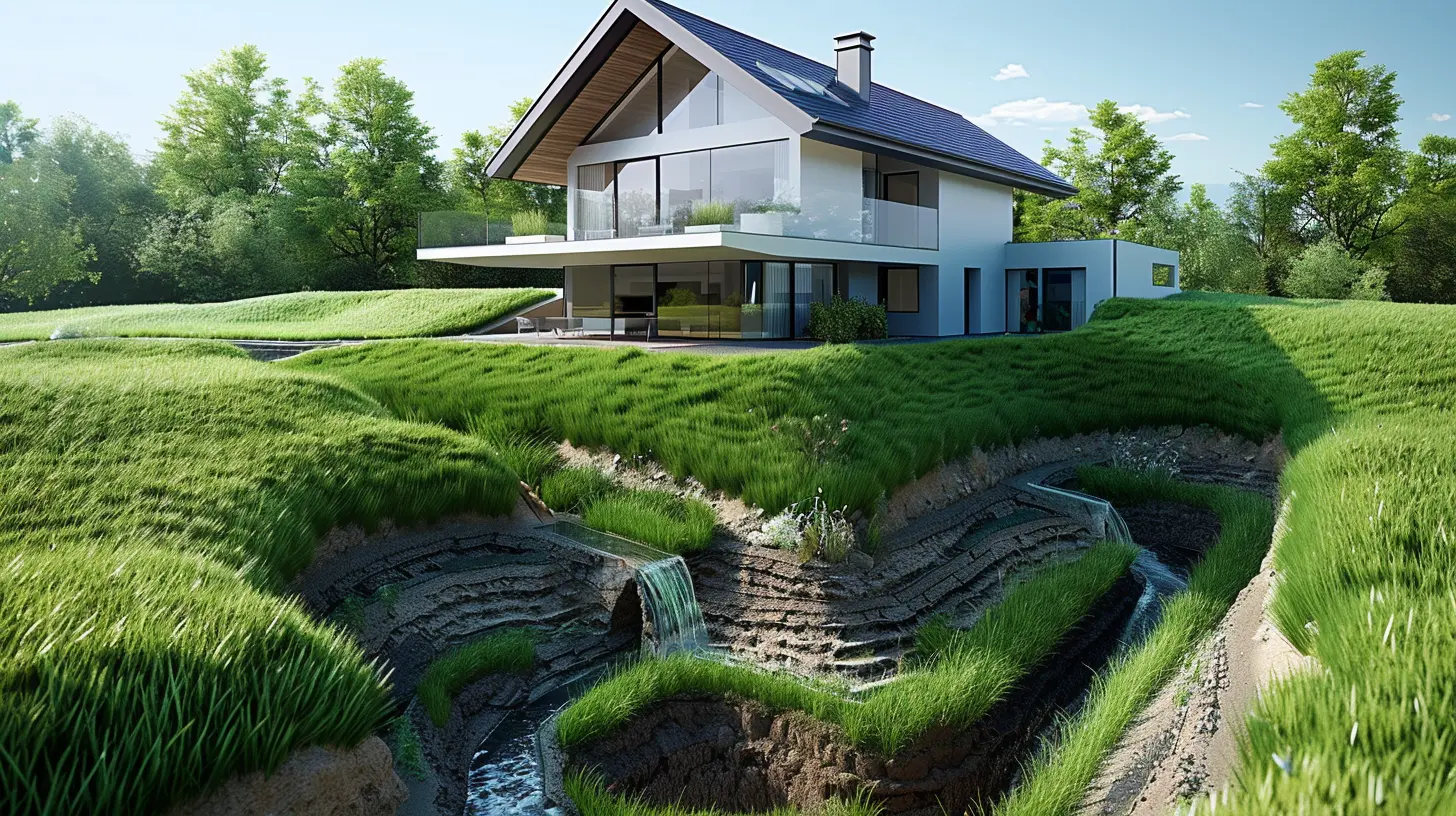
Why Should Homeowners Care?
Let me ask you a quick question: What’s more important to you — saving money, reducing your carbon footprint, or enjoying year-round comfort in your home? If you answered "all of the above," then geothermal might just be your new best friend.Let’s break down the big benefits.
1. Massive Energy Savings
One of the jaw-dropping advantages of geothermal heating and cooling is how much dough it can save you. According to the U.S. Department of Energy, homeowners can slash their heating bills by up to 70% and cooling costs by up to 50%. That's a serious chunk of change.In fact, while the upfront cost is higher than a traditional system, most people recoup that investment in 5 to 10 years — and then continue to save for decades.
Think of it like buying a solar panel setup. It’s an investment in your future.
2. Lower Carbon Emissions
If you’re trying to reduce your environmental impact, geothermal is a no-brainer. These systems use electricity to move heat, not create it — meaning they generate far fewer greenhouse gases than traditional heating systems that rely on oil, gas, or even wood-burning stoves.It’s like switching from a gas-guzzling SUV to an electric vehicle — but for your house.
3. Long Lifespan and Low Maintenance
This isn’t a short-term fling. Geothermal systems are built to last. The underground components (like the ground loop) can easily stick around for 50+ years. The indoor heat pump unit? Generally good for about 20–25 years.And because there are fewer moving parts and no combustion involved, there’s way less that can go wrong. That means fewer maintenance headaches and costs over time.
4. Whisper-Quiet Operation
Say goodbye to rattling furnaces and noisy AC compressors. Geothermal units are known for being extremely quiet. You’ll barely notice when they’re running — which is a game-changer if you’re tired of the mechanical symphony some HVAC systems seem to play.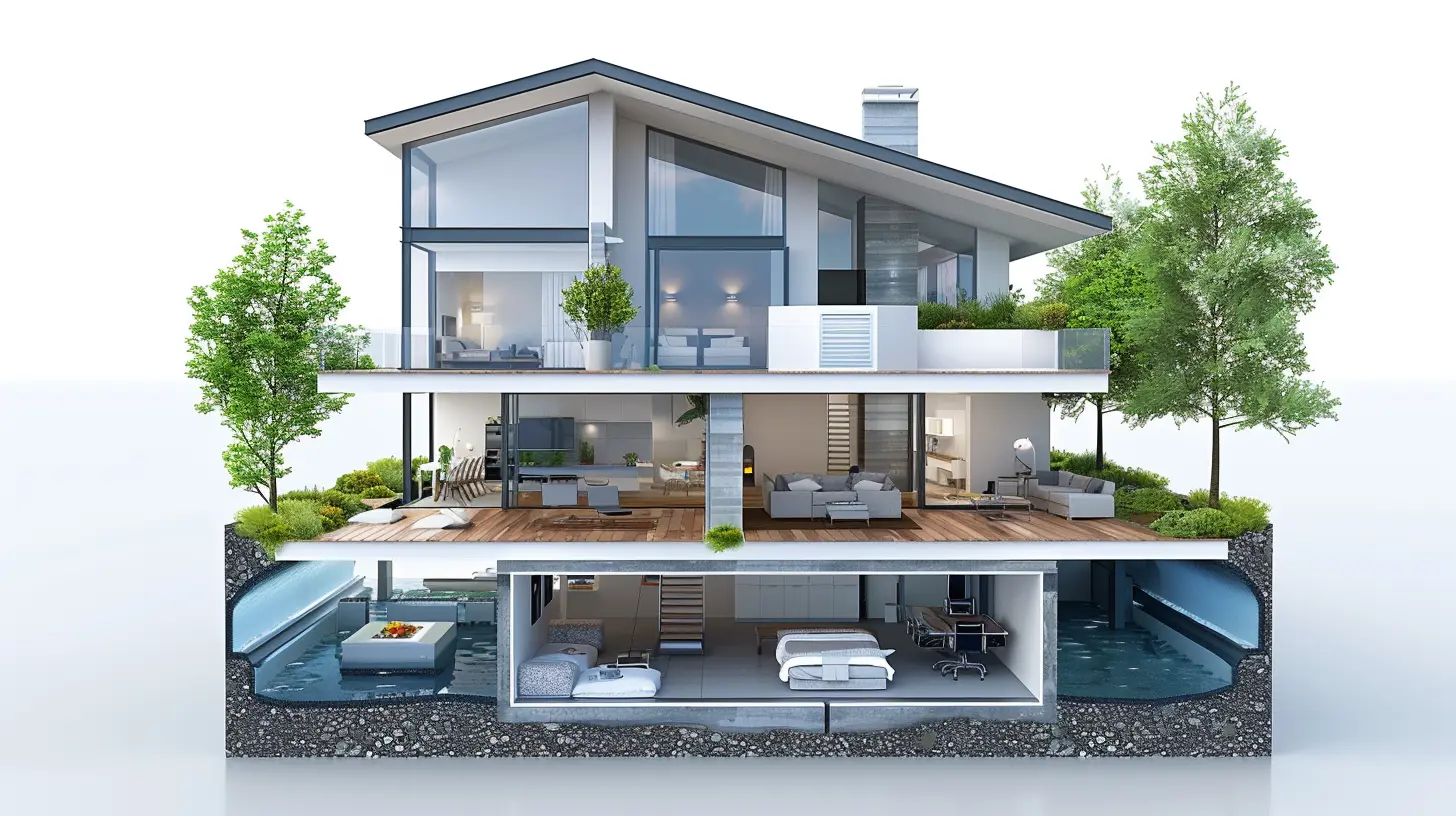
Types of Geothermal Systems
Not all geothermal setups are created equal. There's some variety depending on your home, land, and climate.Closed-Loop Systems
These are the most common, and they come in a few flavors:- Horizontal Loops: Pipes are buried in trenches around 4–6 feet deep. Ideal for homes with plenty of yard space.
- Vertical Loops: Pipes go straight down, sometimes hundreds of feet. Perfect for smaller lots or urban areas.
- Pond/Lake Loops: If you have a body of water nearby, this loop can be submerged to draw heat.
Open-Loop Systems
Instead of circulating fluid through a closed loop, these systems use groundwater directly from a well or other water source. Not suitable for everyone, but super efficient if you’ve got the right conditions.Is Geothermal Right for Your Home?
Here’s where things get real. Geothermal isn’t for every property or every budget — at least not right away.The Upfront Cost
There’s no sugar-coating it: geothermal systems aren’t cheap to install. Depending on the size of your home and the system configuration, you could be looking at $10,000 to $30,000. Yeah, that’s not pocket change.But consider this — many local governments and utility companies offer rebates, tax credits, and incentives to soften the blow. In the U.S., for example, the federal government currently offers a 30% tax credit on the total installation cost of geothermal systems.
So while the price tag might cause some sticker shock, don’t let it scare you off without checking for those hidden savings.
Your Property Size and Location
Do you have room in your yard for a trench system? Is the geology of your area suitable for drilling? Do you have access to a pond or well? These are the kinds of questions a professional geothermal installer will walk you through.If your home is located in a region with extreme winters or hot summers, geothermal systems actually shine brighter — since they’re constantly pulling from the more stable underground temperature.
Geothermal vs. Traditional HVAC: The Showdown
Let’s pit geothermal against the usual suspects: gas furnaces and air conditioners.| Feature | Geothermal | Traditional HVAC |
|--------------------|------------------------|-----------------------|
| Energy Efficiency | Extremely high (300-600%) | Moderate (80-95%) |
| Lifespan | 20–50+ years | 10–15 years |
| Maintenance | Low | Moderate to High |
| Environmental Impact | Very Low | High (fossil fuel use)|
| Noise Level | Very Low | High |
| Operating Cost | Low | High |
As you can see, geothermal wins in almost every category — especially over time.
Real Estate Perks: Boosting Home Value
Thinking about resale? Here’s a fun fact: homes with geothermal systems often fetch a higher price and sell faster. Why? Buyers love the idea of lower utility bills, sustainability, and a future-proofed home.In an era where more people are prioritizing green living and energy efficiency, a geothermal system is a major selling point — like granite countertops, but way more practical.
The Future of Heating and Cooling
We’re at a crossroads. As global temperatures rise and energy costs climb, homeowners are being pushed to find smarter, cleaner, and more sustainable ways to live. Geothermal heating and cooling is no longer a niche — it’s becoming a strong player in the future of residential climate control.Plus, with technology improving and installation methods getting more streamlined, it's only going to get more accessible over time.
Final Thoughts
So — is geothermal heating and cooling worth the hype? If you ask me, absolutely. It’s sustainable, efficient, reliable, and let’s be honest — kind of cool (pun intended). Whether you're building a new home or retrofitting an old one, it’s a climate solution that genuinely works.Sure, it comes with a learning curve and an upfront cost, but for those willing to invest, the payoff in comfort, savings, and sustainability is massive.
At the end of the day, it all comes down to this: do you want to keep paying more for energy, or step into the future — underground?
all images in this post were generated using AI tools
Category:
Sustainable HousingAuthor:

Cynthia Wilkins
Discussion
rate this article
1 comments
Ardyn Hodge
Could the earth beneath our feet hold secrets to energy independence? Discover how geothermal systems unlock nature's hidden potential for sustainable living.
July 11, 2025 at 12:21 PM

Cynthia Wilkins
Absolutely! Geothermal systems harness the Earth's natural heat, offering a reliable and sustainable energy source that can significantly contribute to energy independence while promoting a healthier planet.


